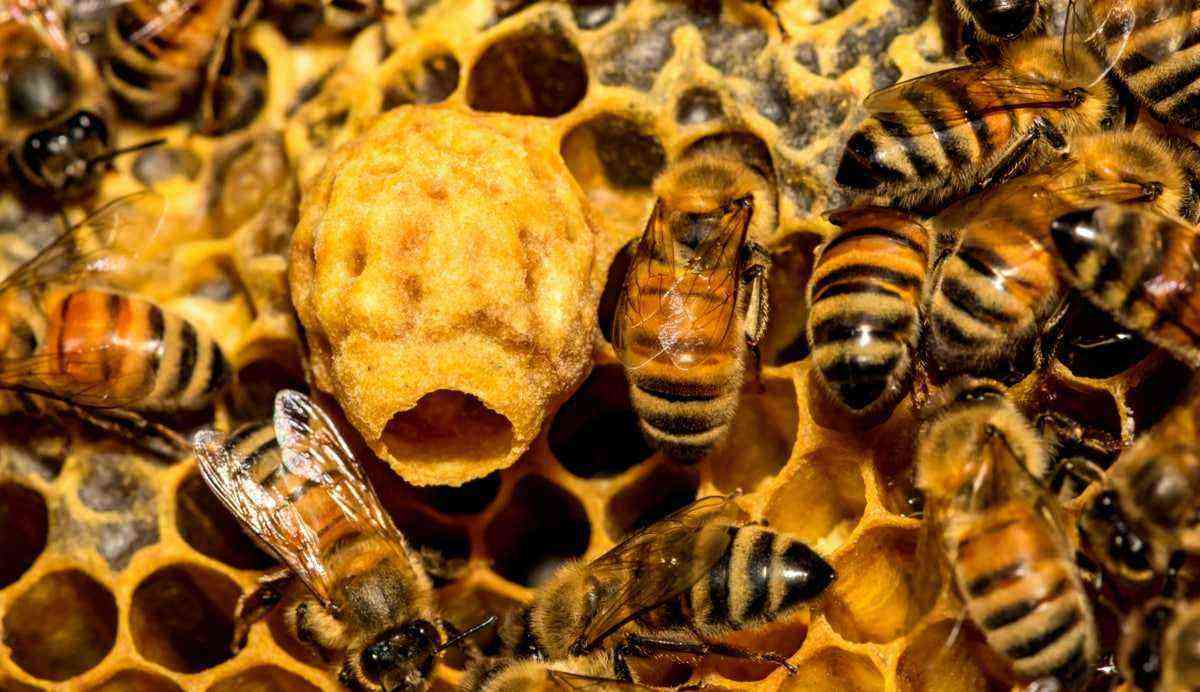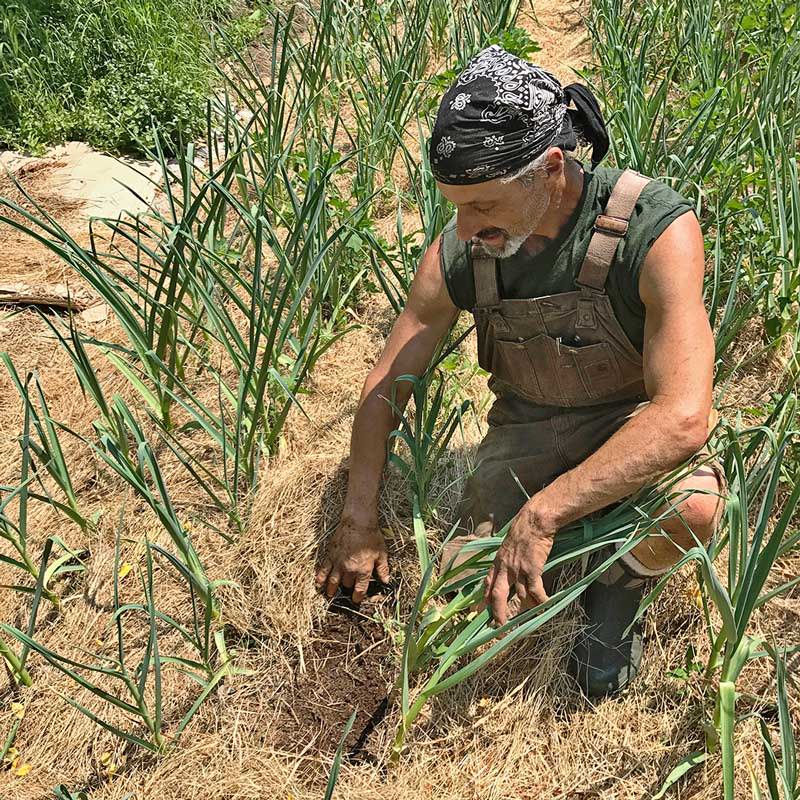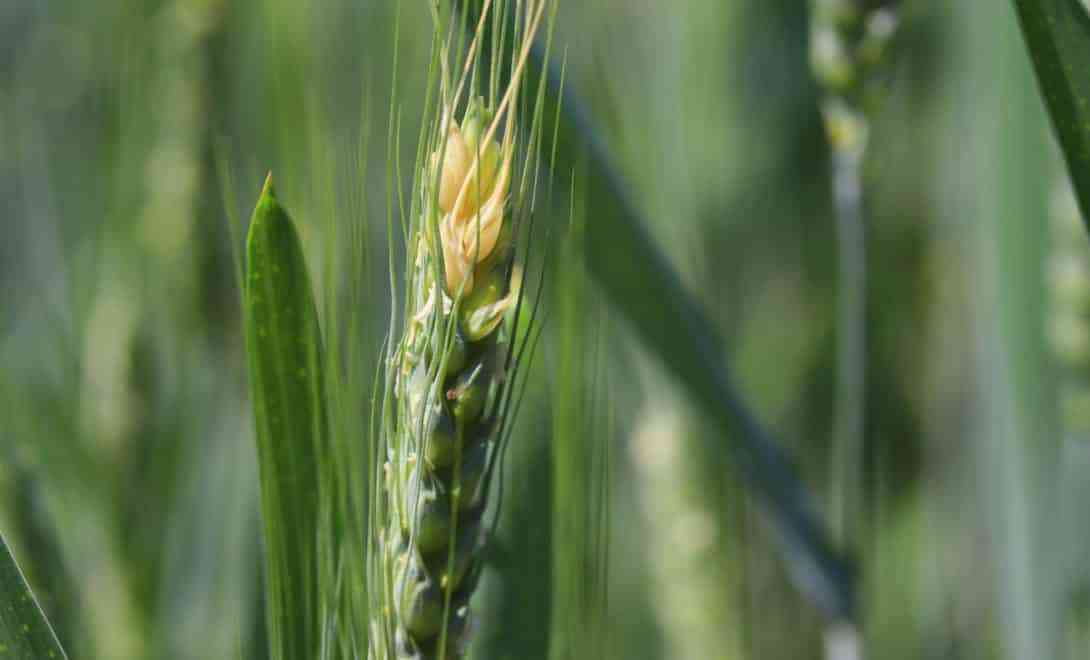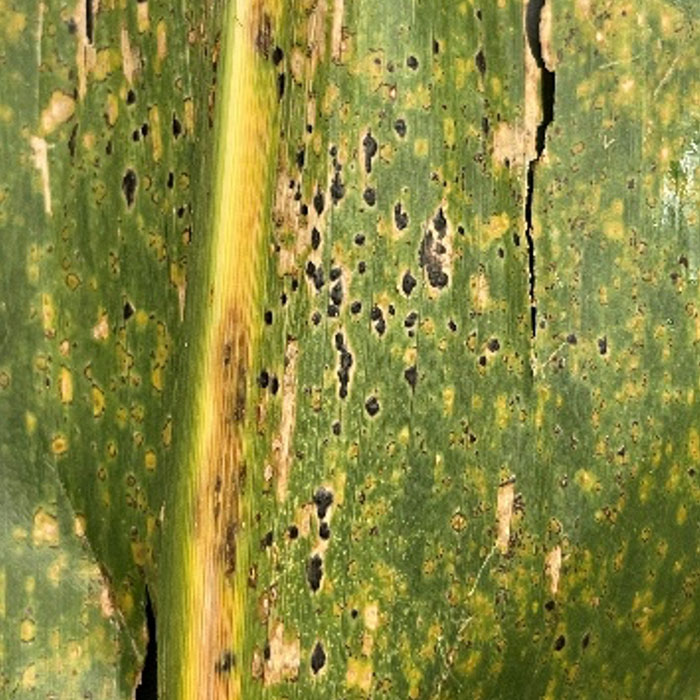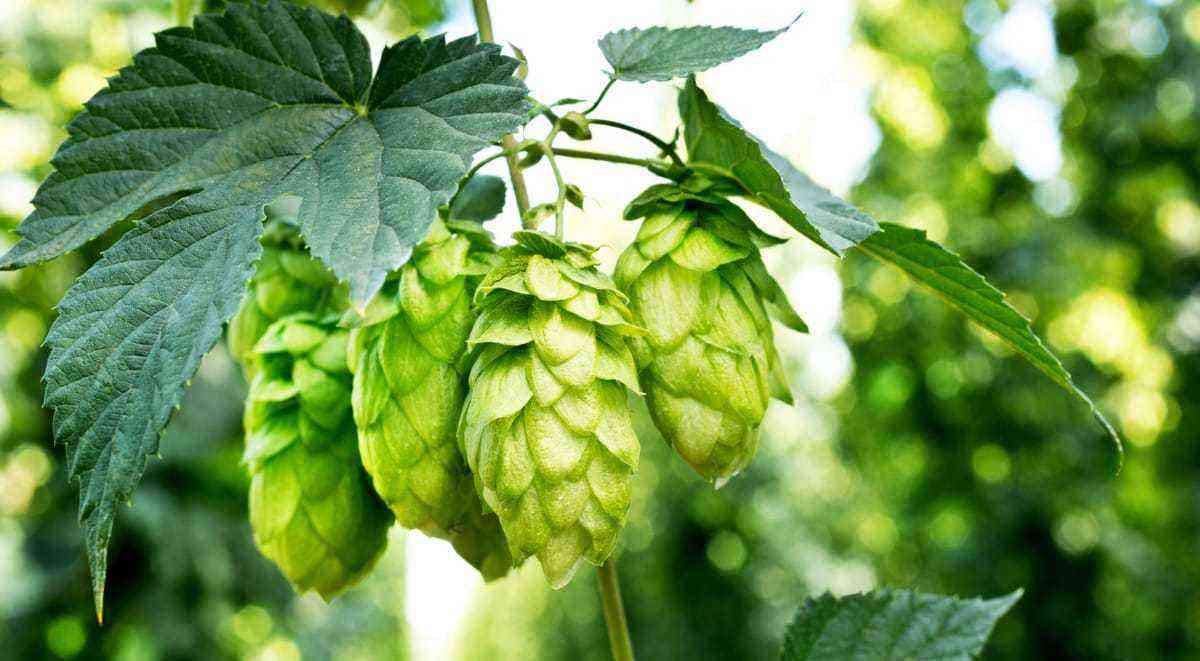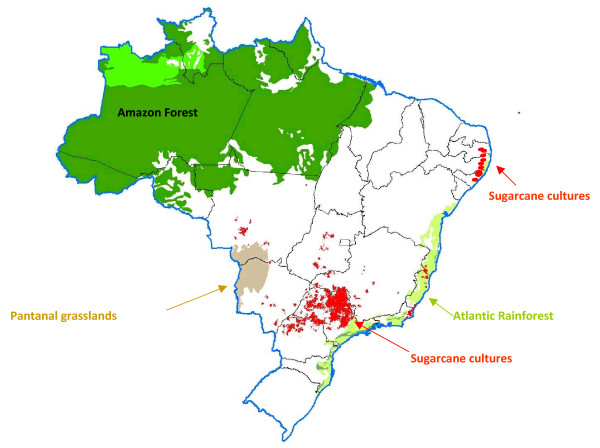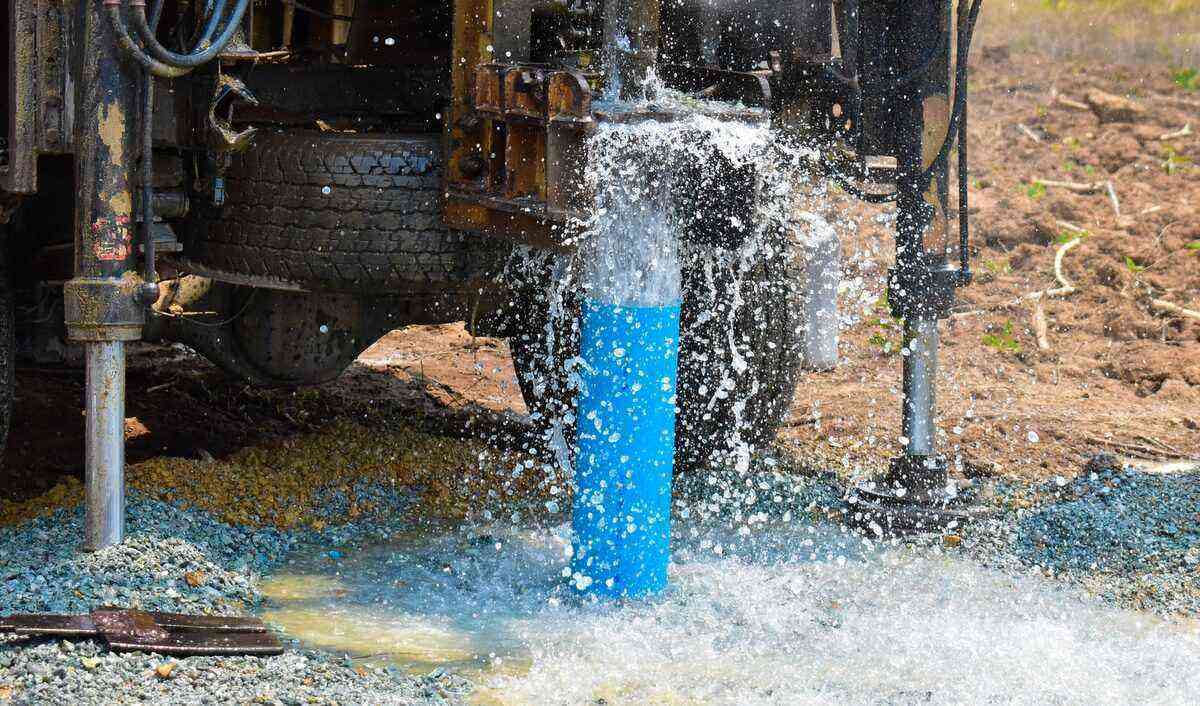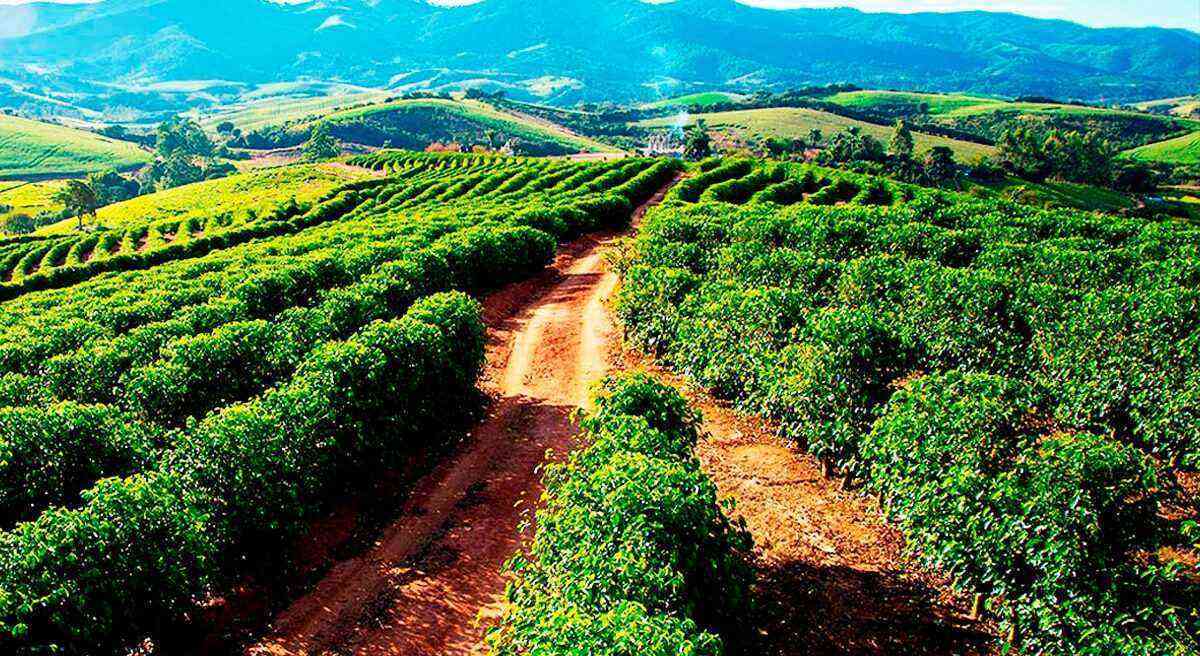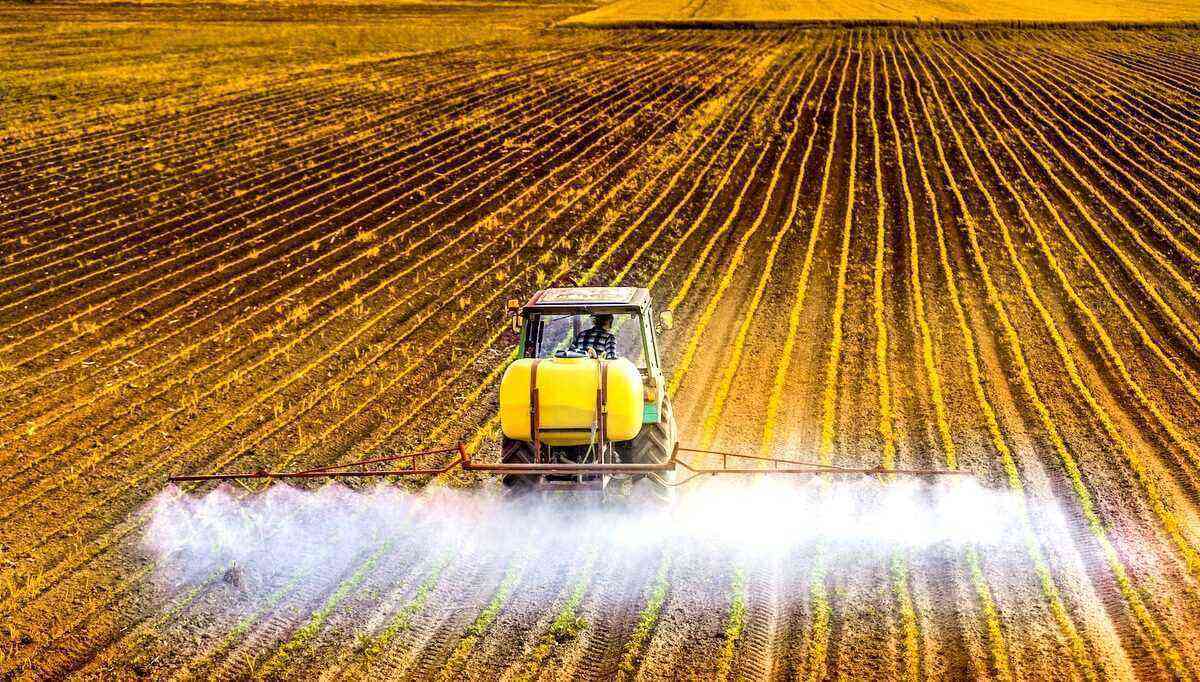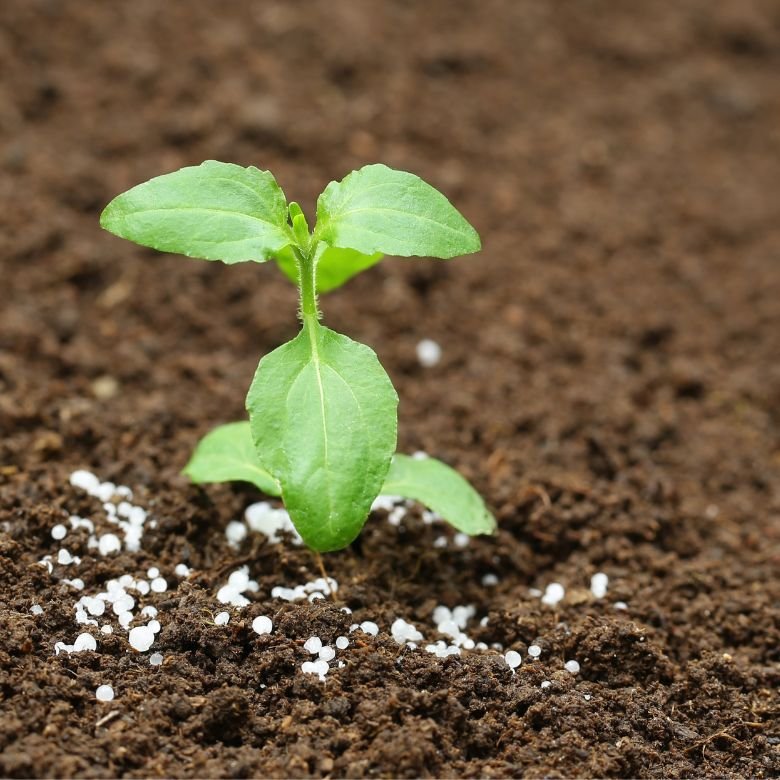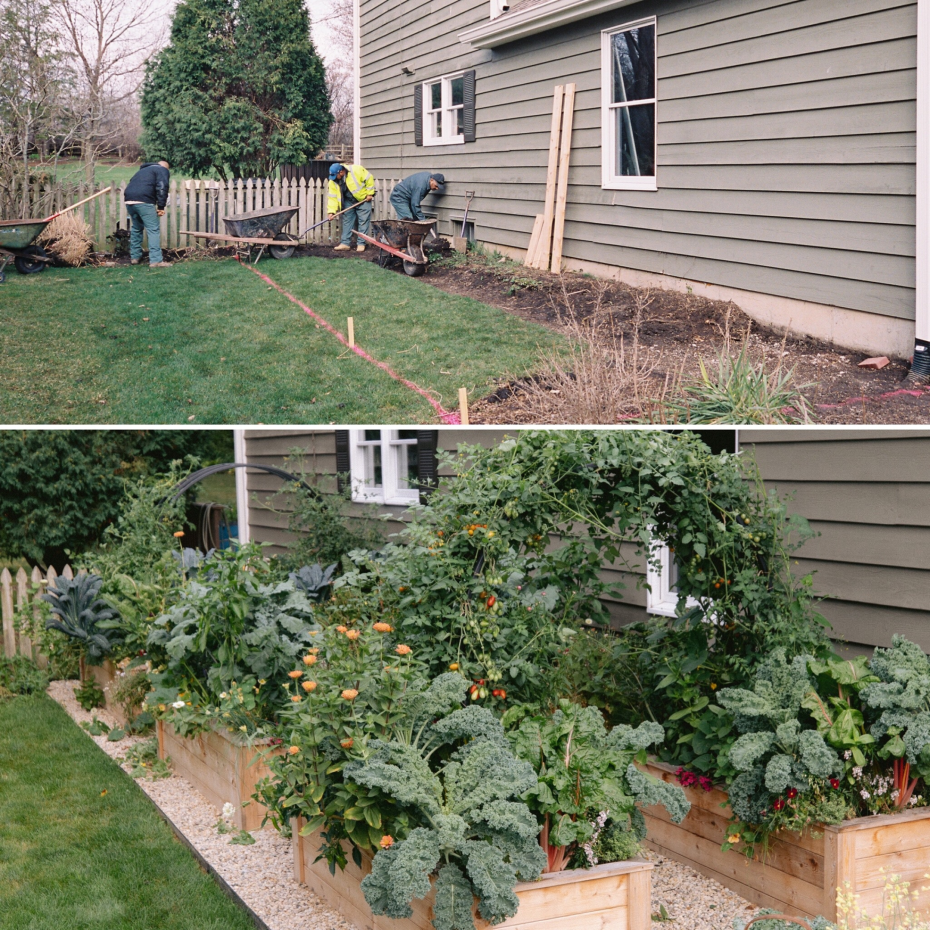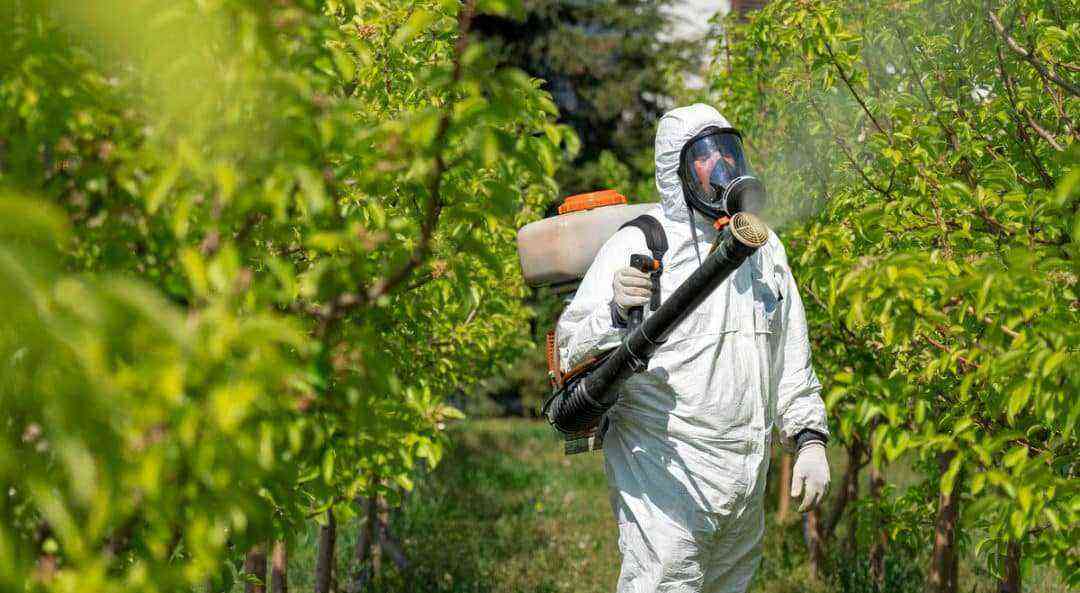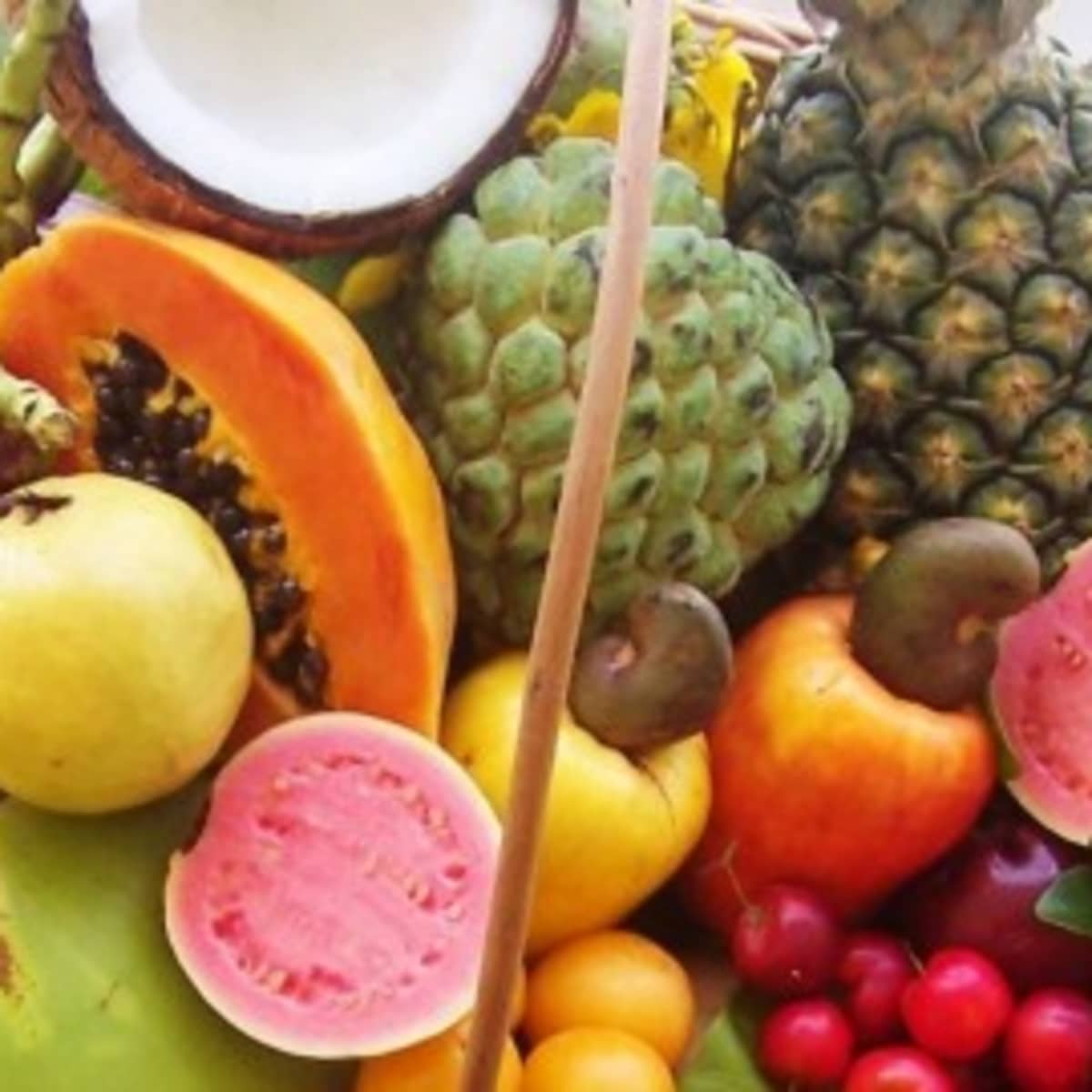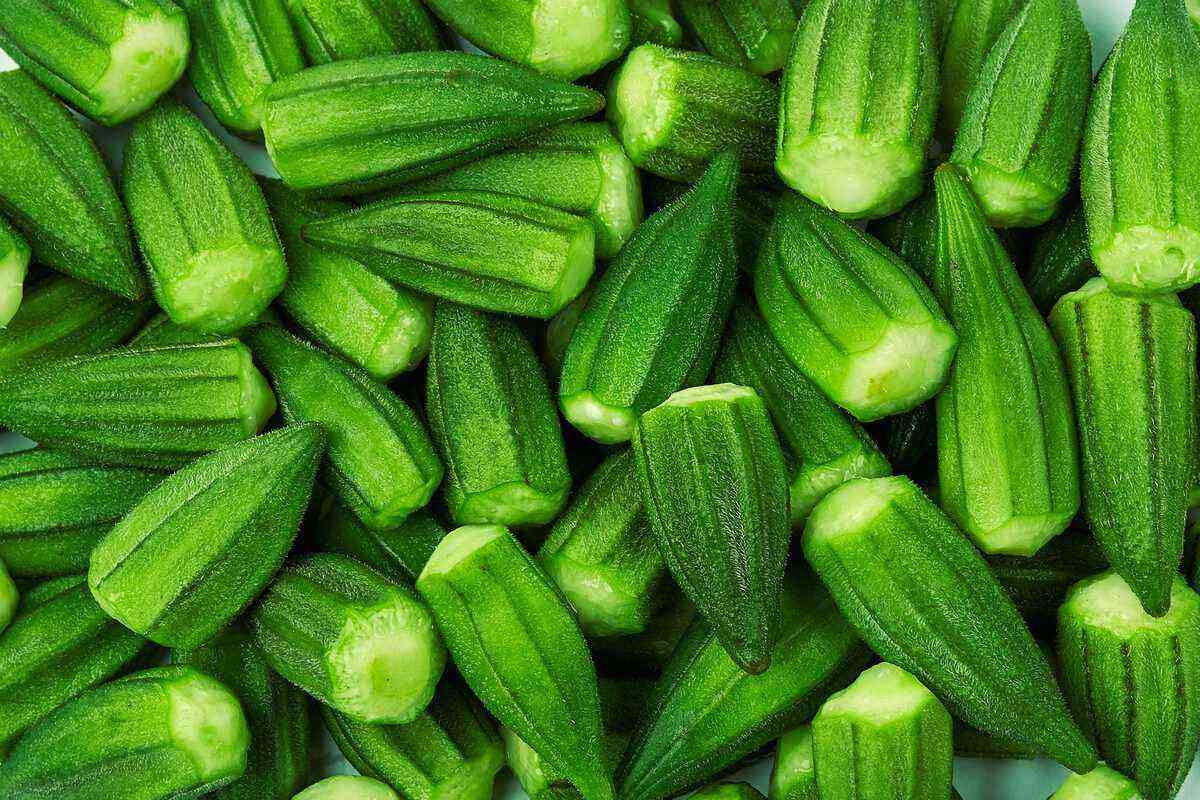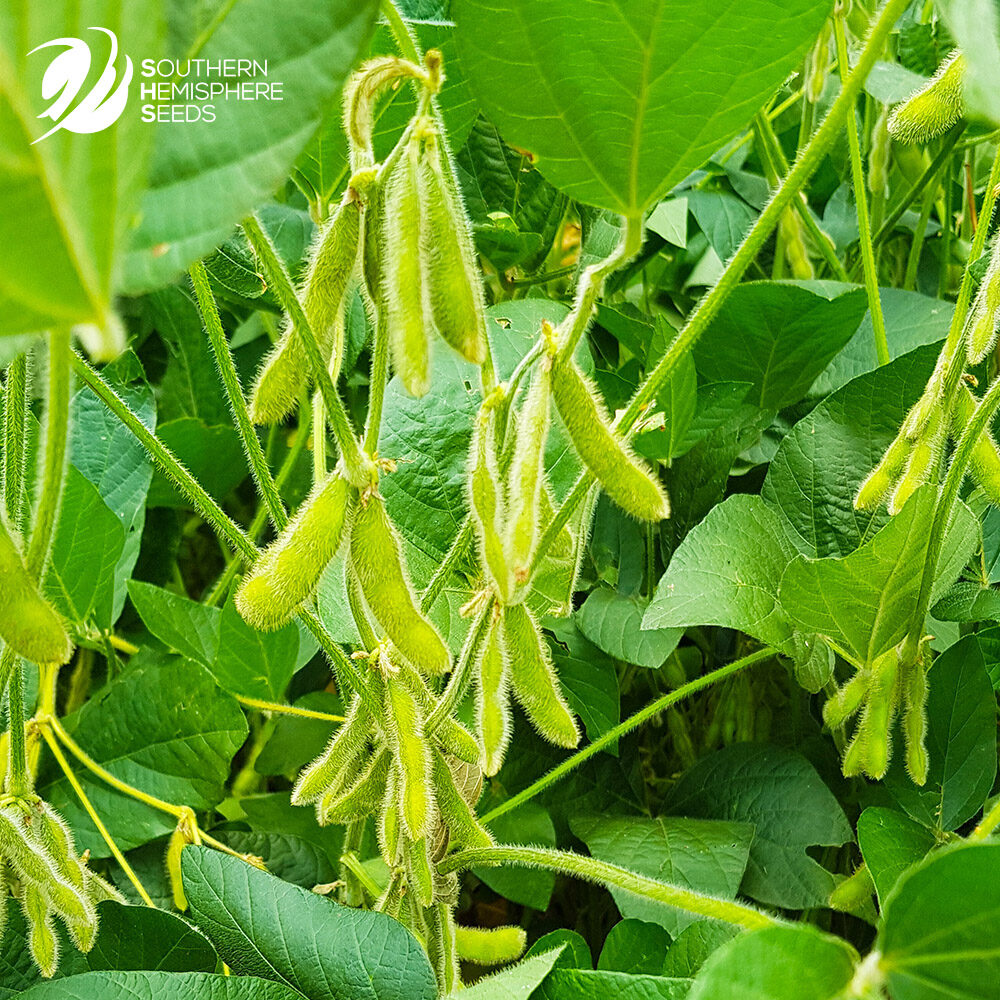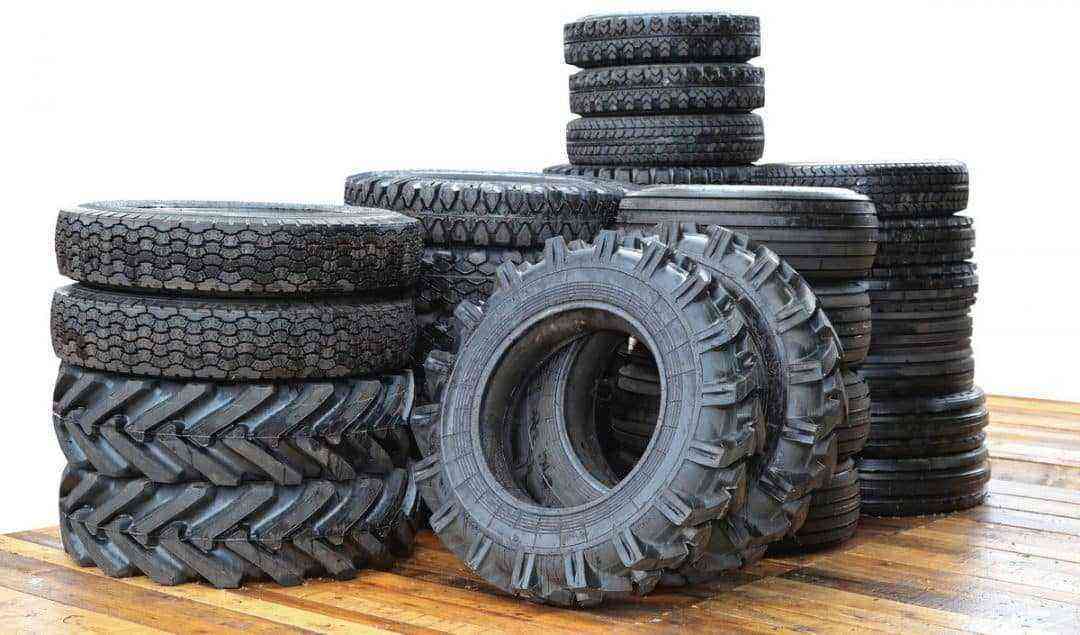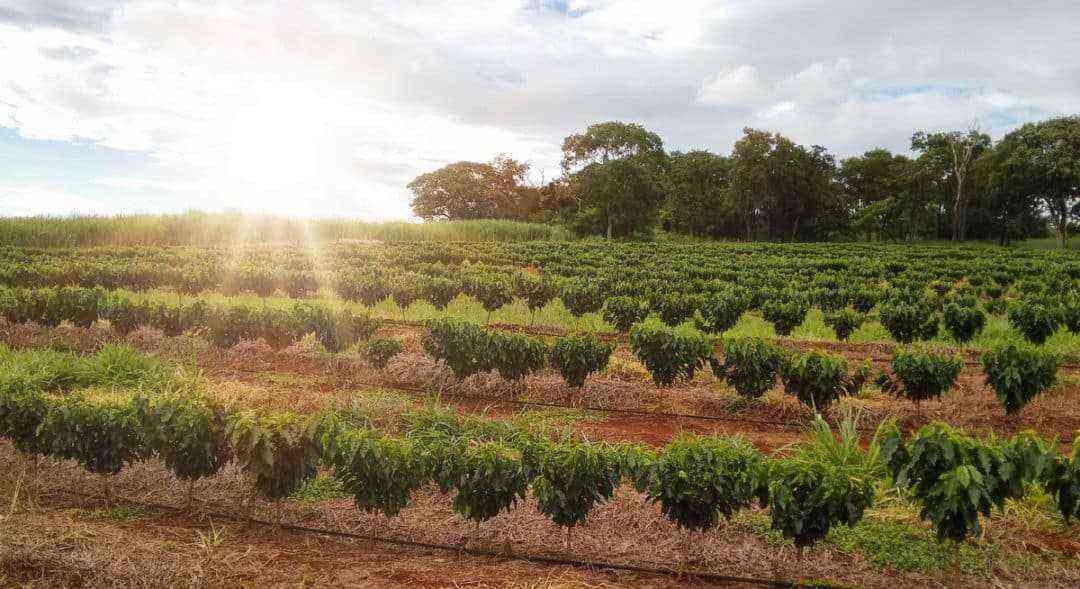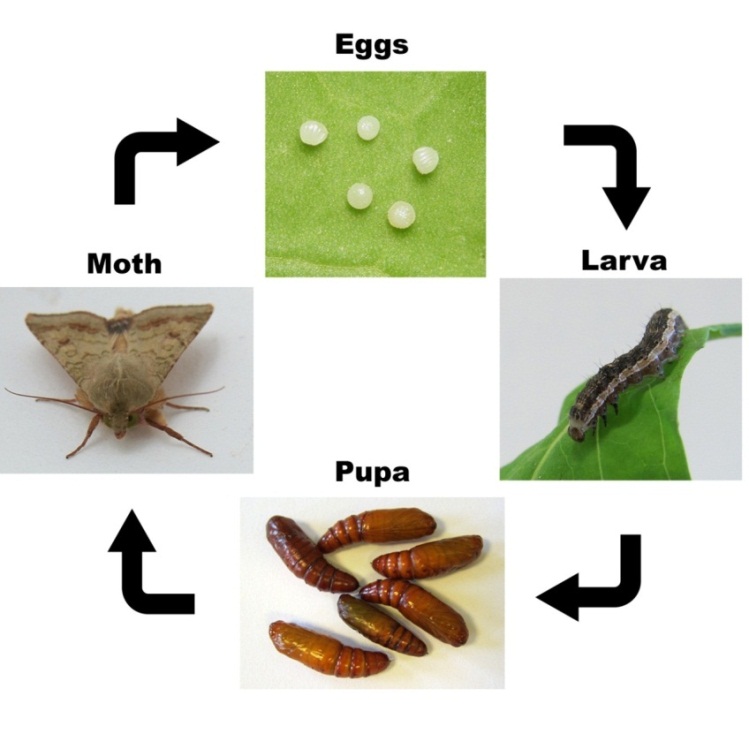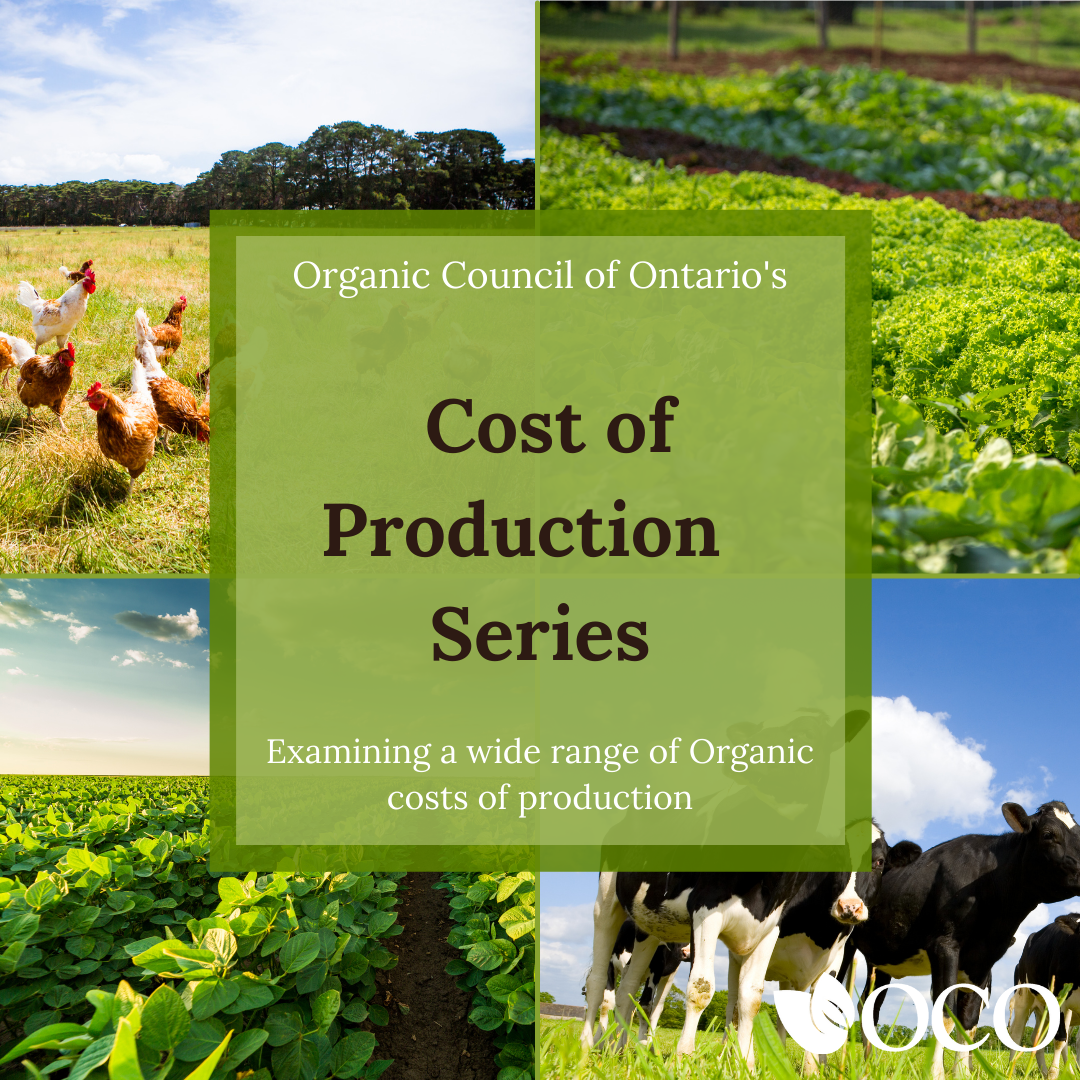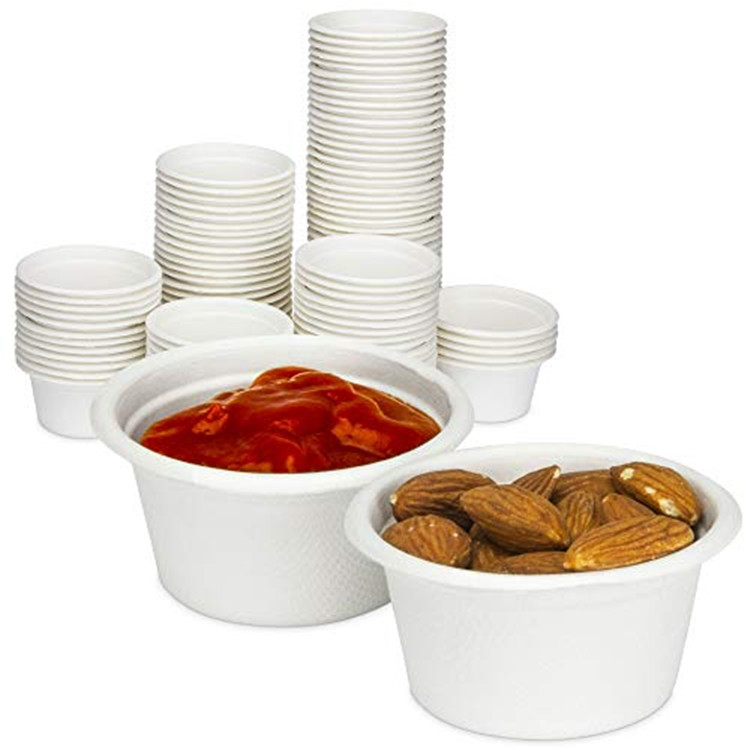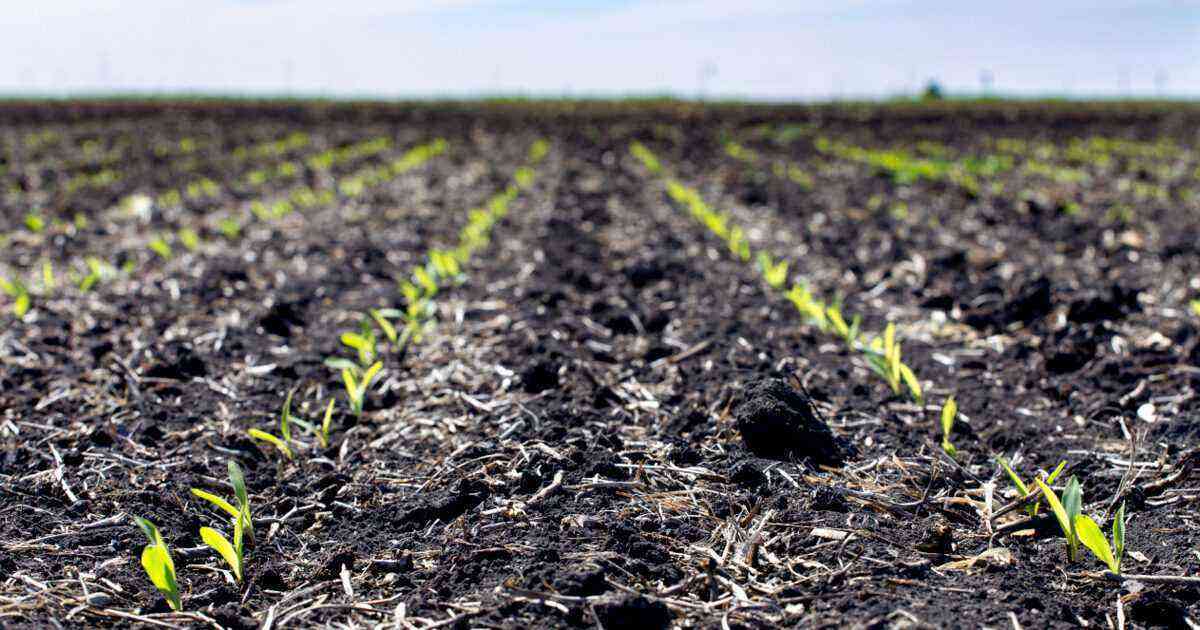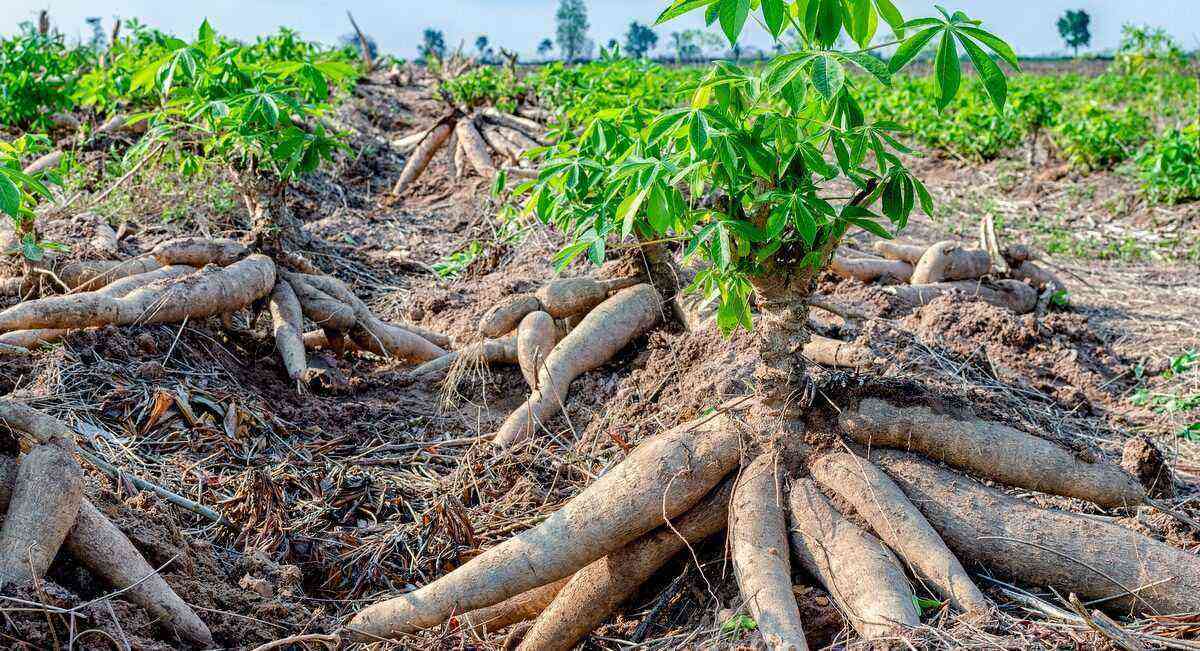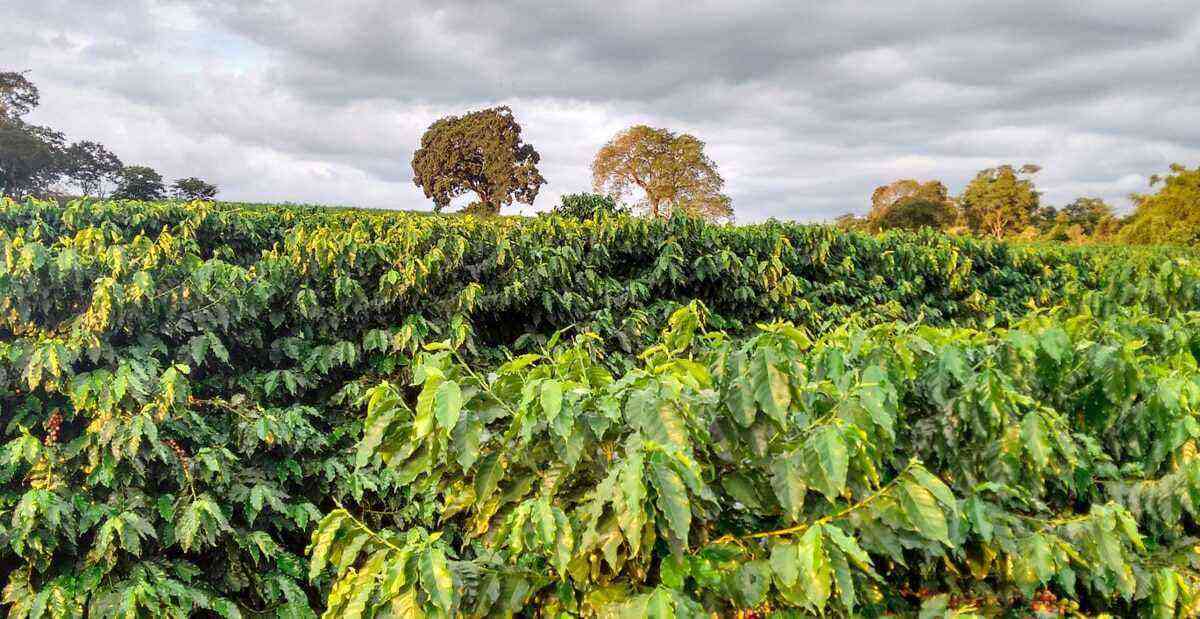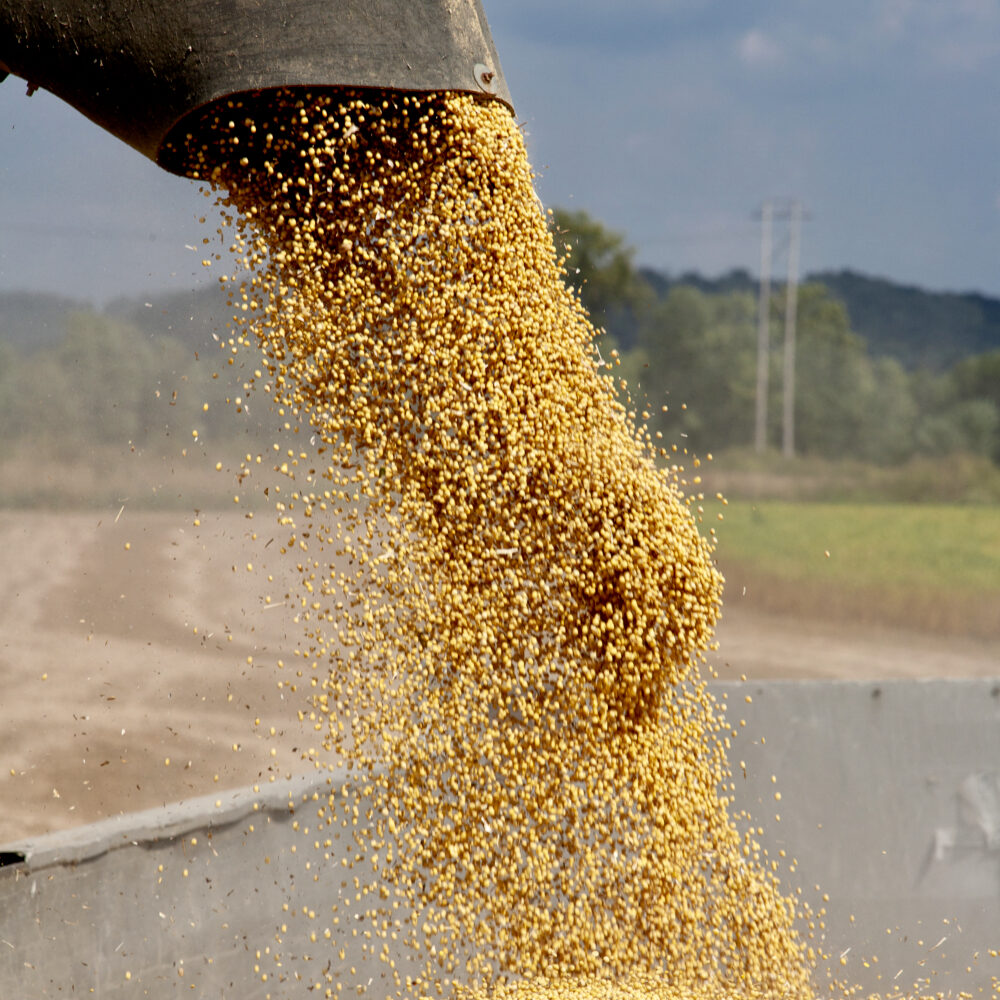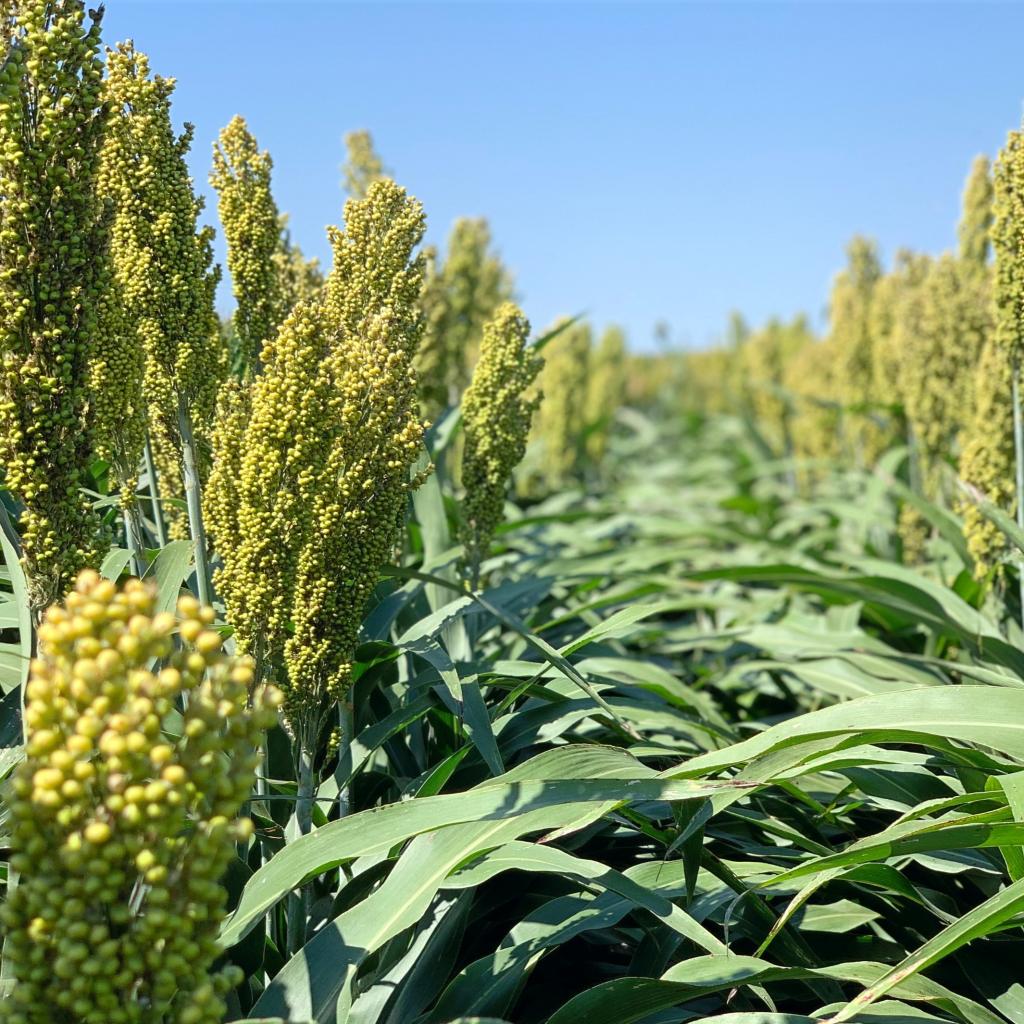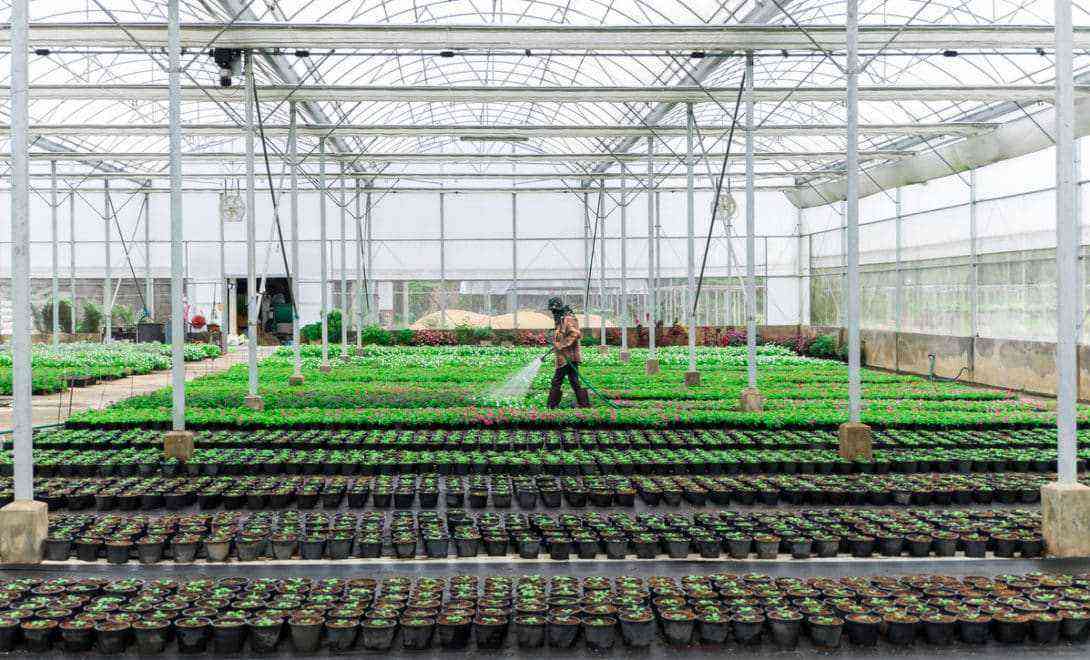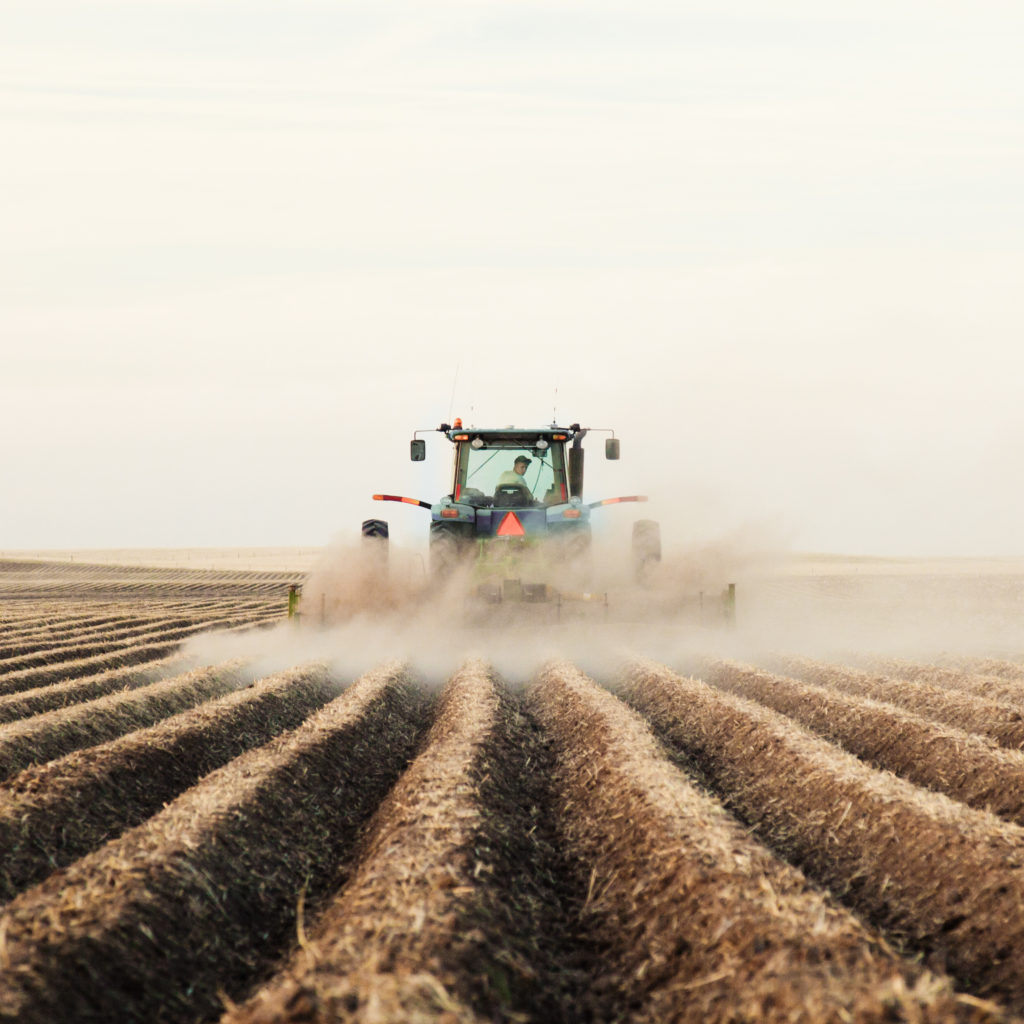No I prepare do alone for planting is the main difference between a crop that is productive for a longer time and another that loses its productivity rates over time.
Thus, it is important to make the right decisions at the time of this preparation, as this will impact during crop production and at the end of the harvest.
Emphasizing that it is not enough to be in a favorable region, if the producer does not use the soil efficiently.
To assist in this process, we have brought you the best soil preparation techniques for efficient planting.
Want to know what these techniques are? Keep reading this post.
 A quality planting is achieved after a good soil preparation.
A quality planting is achieved after a good soil preparation.
Traditional soil preparation methods
The first soil preparation techniques were inspired by techniques used in temperate countries, such as plowing, harrowing and scarification.
plowing
Soil plowing is the tillage technique that inverts the soil layers, more or less 20 cm deep into the soil. This technique increases the levels of oxidation of organic matter and breaks down the structure of the soil.
In our tropical environment, stocks are halved in just 5 years, as opposed to 50 years in temperate soil.
To perform this technique it is necessary to use an implement called a plow.
harrowing
Used in preparation after plowing. The harrowing carried out through the harrow gets rid of the large clods left by the plowing, leaving the ground flat again.
These techniques are being replaced by more modern techniques, such as no-tillage systems and crop rotation.
Scarification
Of the three, soil structure is one of the least aggressive techniques. Since it breaks its layers, without carrying out its revolving, because it uses a mechanical scarifier.
Although the three are still widely used in soil preparation in Brazil, all these techniques are quite harmful. Because, they destroy the aggregates of the earth, exposing the carbon and hindering the decomposition process.
There are more modern and effective techniques for preparing for planting.
Liming and soil correction
One of the greatest difficulties for Brazilian agriculture is the high content of toxic aluminum and the acidic soil. Both, especially toxic aluminum, impair the correct development of plant roots, reducing crop productivity.
To avoid these effects, the best technique is liming, as it prepares the soil for planting, reducing its acidity and toxic aluminum.

Farmer liming the soil before planting
This application of lime can be done in two ways: with plowing (incorporated) or superficial.
Another process, unique to reduce the aluminum content, in addition to increasing the amount of sulfur and calcium, is the application of gypsum.
observe the topography
Another major difficulty for agriculture is the steep slopes. These slopes can cause erosion and loss of fertilizers and pesticides with runoff on the crops.
The vertical mulching technique is excellent for this type of topography. It works as follows: furrows 40 cm deep are made, perpendicular to the slope, which will later be filled with straw.
This helps to prepare the soil, reducing slopes and, with it, erosion problems.
no-till
The system no-till is an extremely modern technique in Brazilian agriculture and has shown excellent advantages, especially in terms of productivity.
Its main features are:
– Minimum soil disturbance;
– The soil is covered with straw;
– Crop rotation;
– Decreased use of pesticides;
– Use of irrigation;
– Use of biotechnology.
Minimum soil disturbance
Not stirring or stirring as little as possible are the foundations of no-till.
Only the soil is turned over at the sowing line, that is, at the place where the seeds will be deposited, without major preparation actions. This means that there is no inversion of layers through plowing.
Soil is covered with straw
The remains of the harvested plants form an organic matter that is known as straw.
It is produced at the same time as the harvest by means of the harvesting machine, it removes the grains and returns the already pulverized roots, branches and leaves.

No-till soybean, note the straw that protects the soil, not requiring much prior preparation.
The use of this technique has as main objectives:
– Reduces the impact of rainwater on the soil surface;
– It is an obstacle to excess water not absorbed by the soil;
– Reduces runoff;
– Reduces erosion;
– Maintains the ideal temperature of the plants;
– Reduces water loss by evaporation.
However, for the correct formation of straw, it is necessary to analyze the type of crop and its rotation sequence, in addition to the climatic conditions during the cycles. On average, this process takes up to ten years.
crop rotation
Crop rotation is nothing more than the alternation of crops done in a planned way, in order to reduce the impacts to the soil and the environment, resulting from monoculture.
There is also a long-term improvement in the biological and physico-chemical conditions of the soil.
Another benefit of adopting this technique is the reduction of pests, diseases and weeds.
It is noteworthy that crop succession (soybean-corn-soybean, soybean-cotton-soybean) is not crop rotation and does not present the benefits of the practice.
Benefits of no-till
The techniques of the no-tillage system are those that present the greatest environmental, agricultural and economic benefits, both for producers and for society.
As examples of these benefits we can mention:
– Greater conservation of water and soil, reducing erosion;
– Better germination of the strongest seeds and plants;
– Less need to prepare the soil with correctives and fertilizers;
– Maintains soil temperature;
– Increase in soil organic matter and carbon;
– More fertile soils, due to nutrient recycling;
– Reduction of soil compaction;
– Replacement of groundwater, since there is a greater infiltration of water;
– Reduced production cost and increased cost/benefit ratio;
– Possibility of integrating forest, farming and livestock;
– Can be adopted by rural properties of any size;
– Reduction of labor, time and fuel costs;
– Higher productivity and income for the producer;
– Reduction of emission of carbon dioxide and other greenhouse gases.
Now that you know all these procedures, don’t forget about them when preparing the land to plant your produce.
See also: How to use urea correctly in fertilization?

